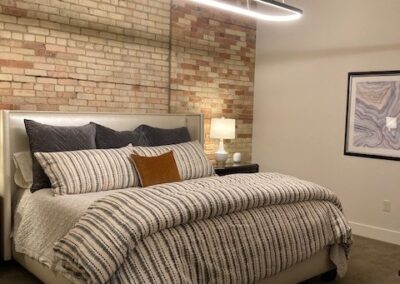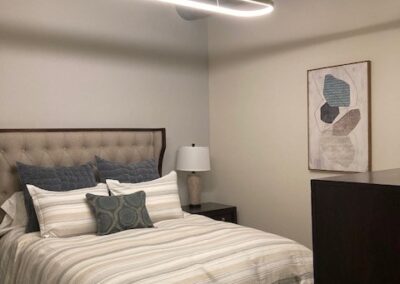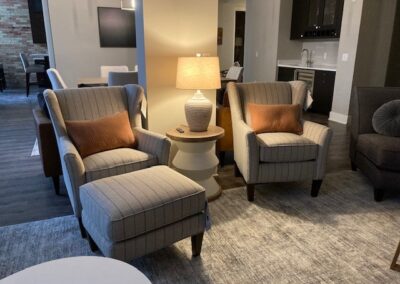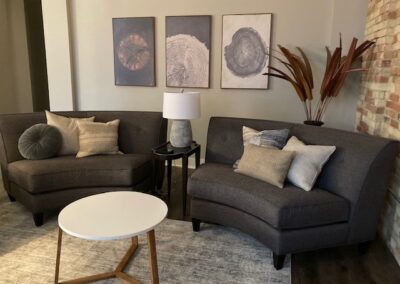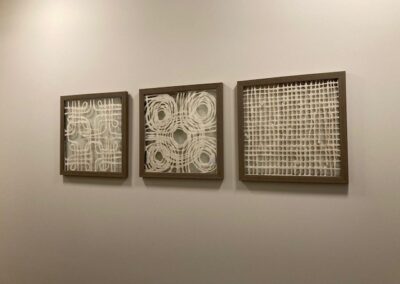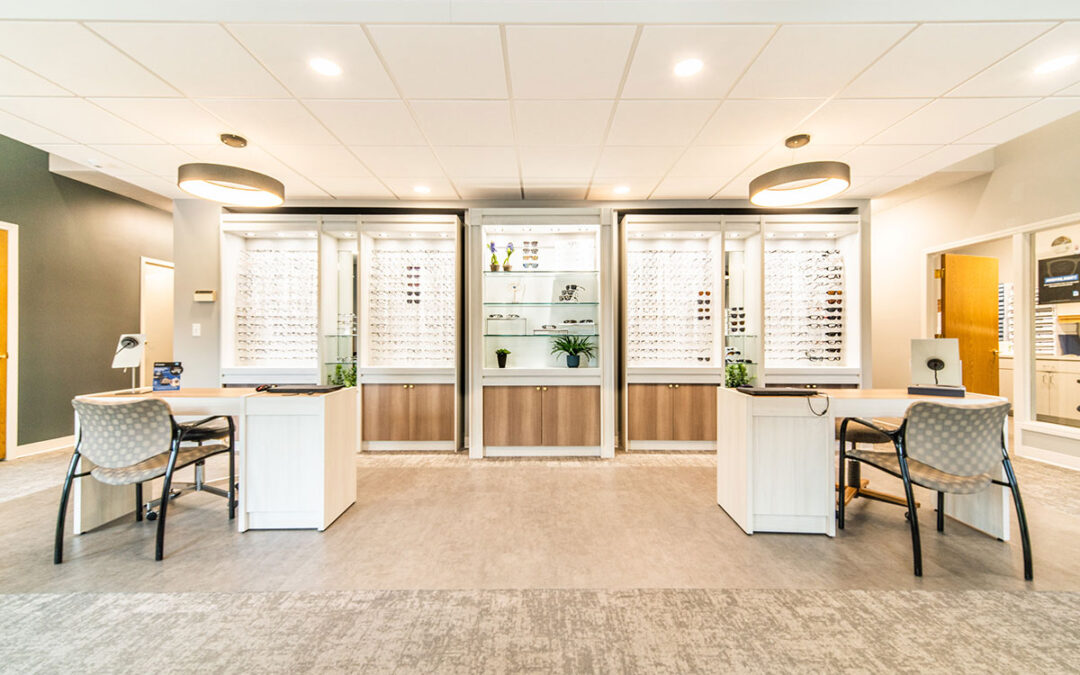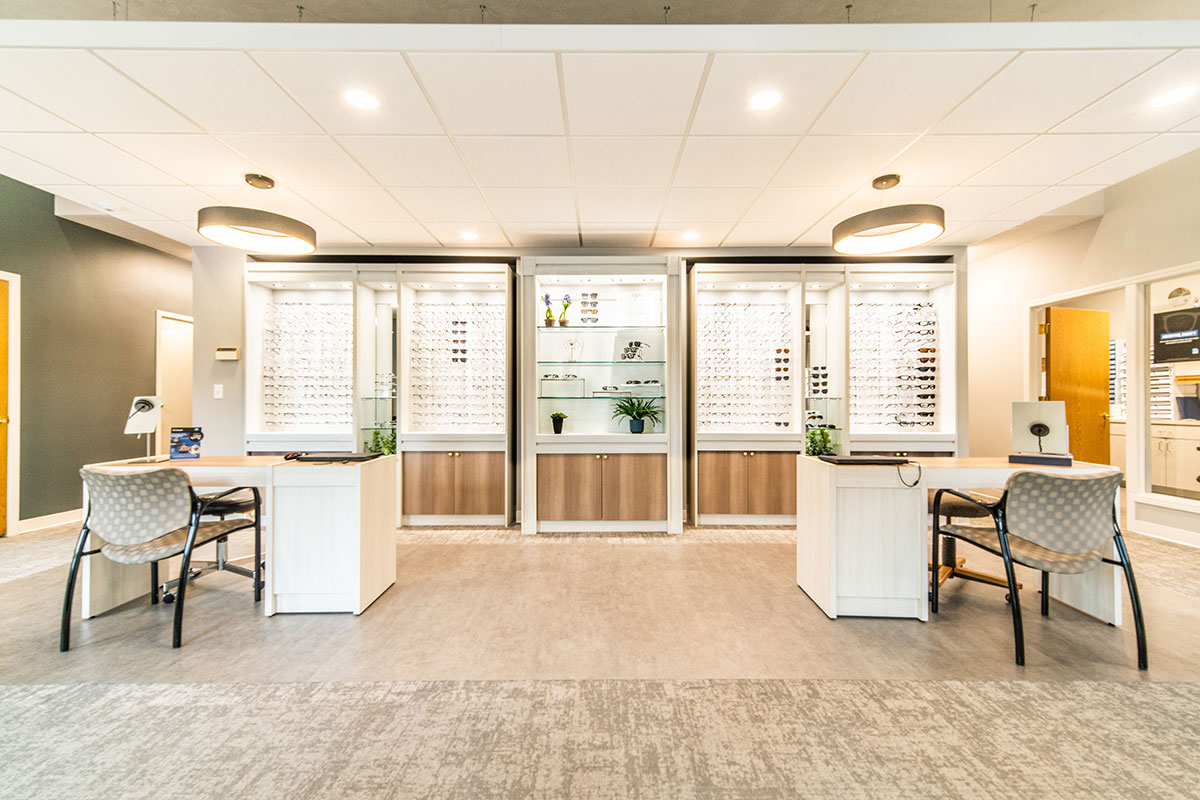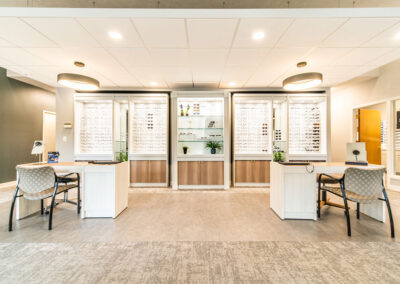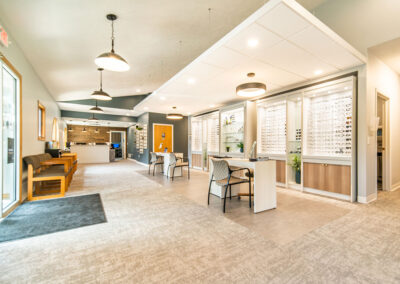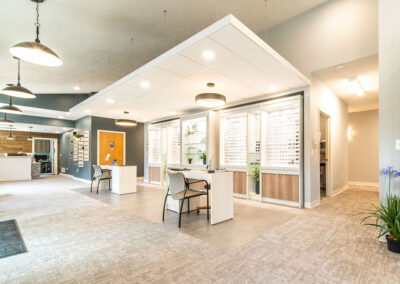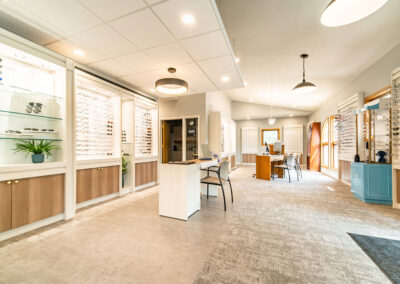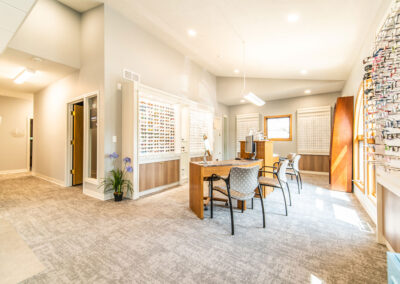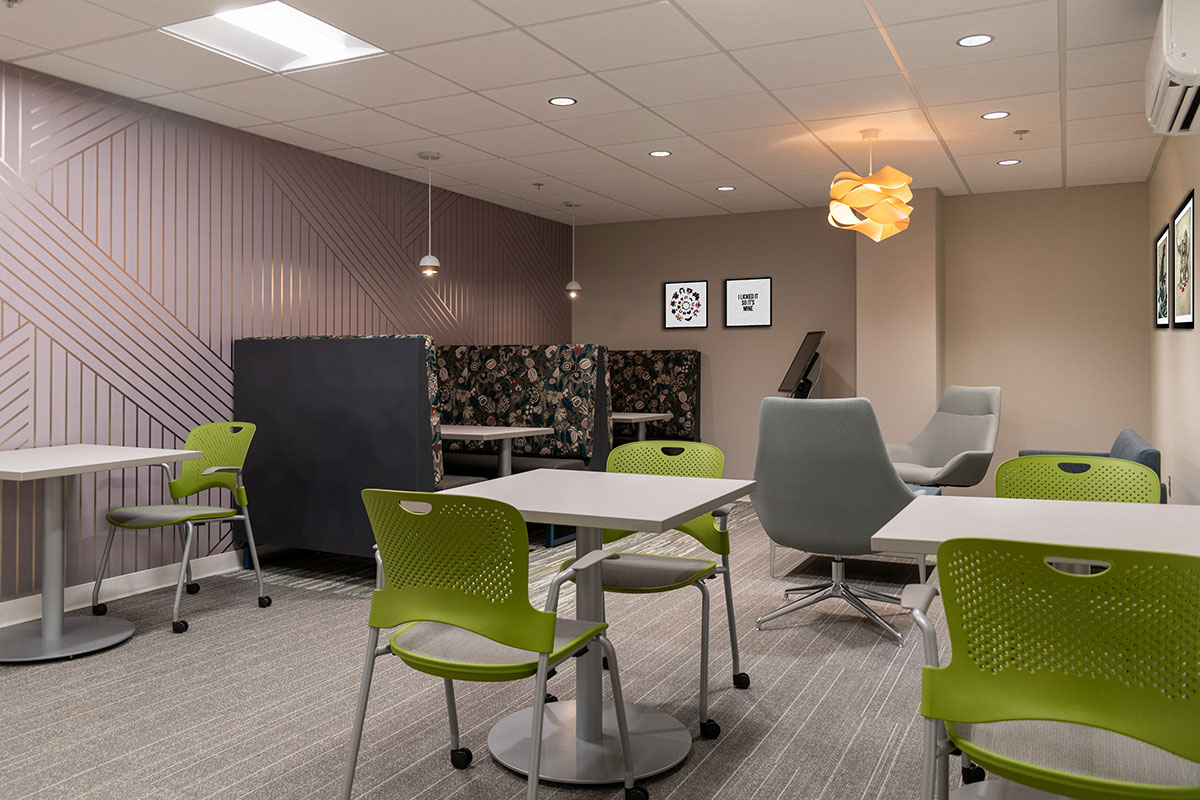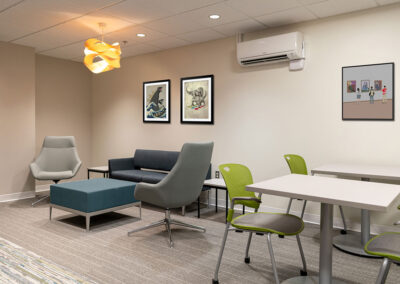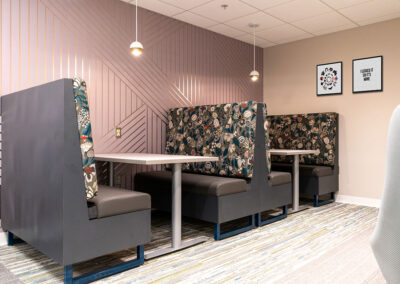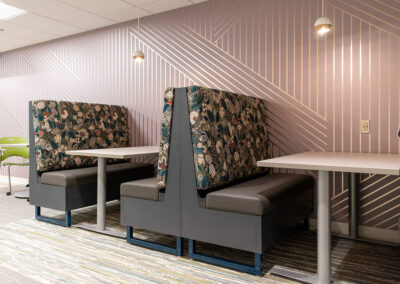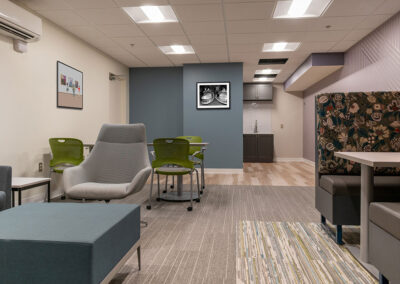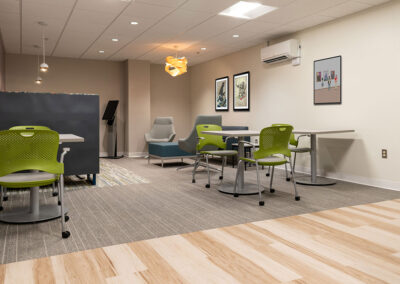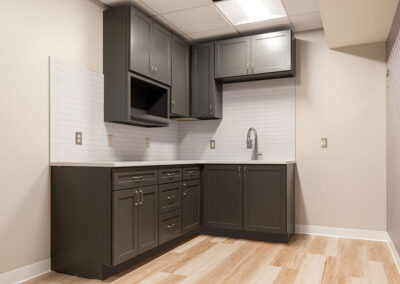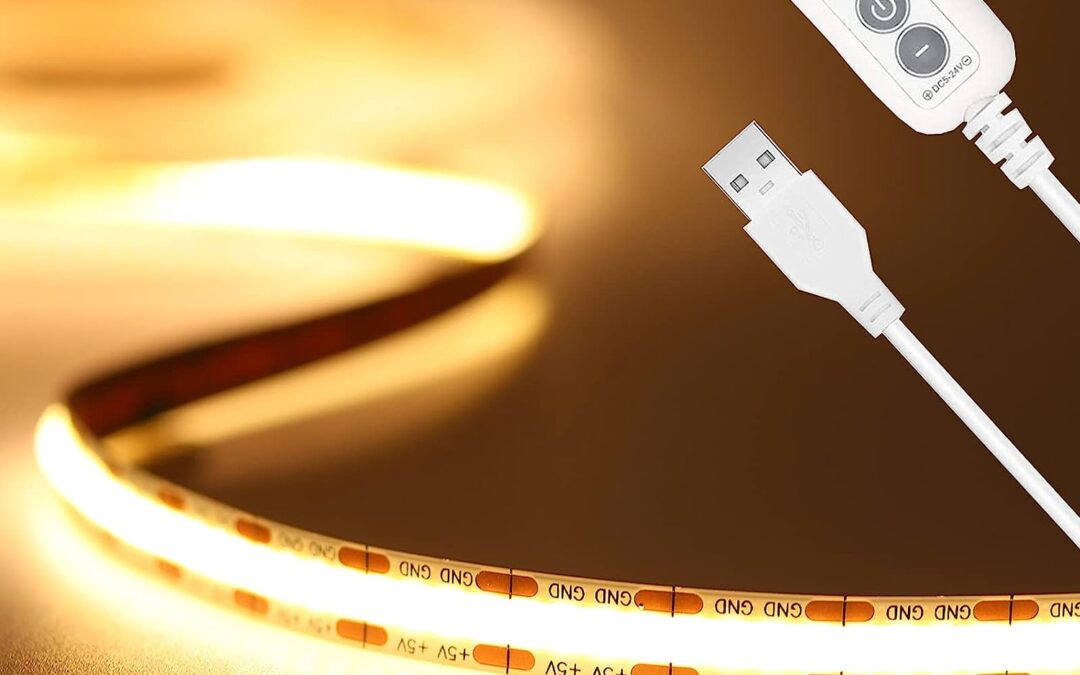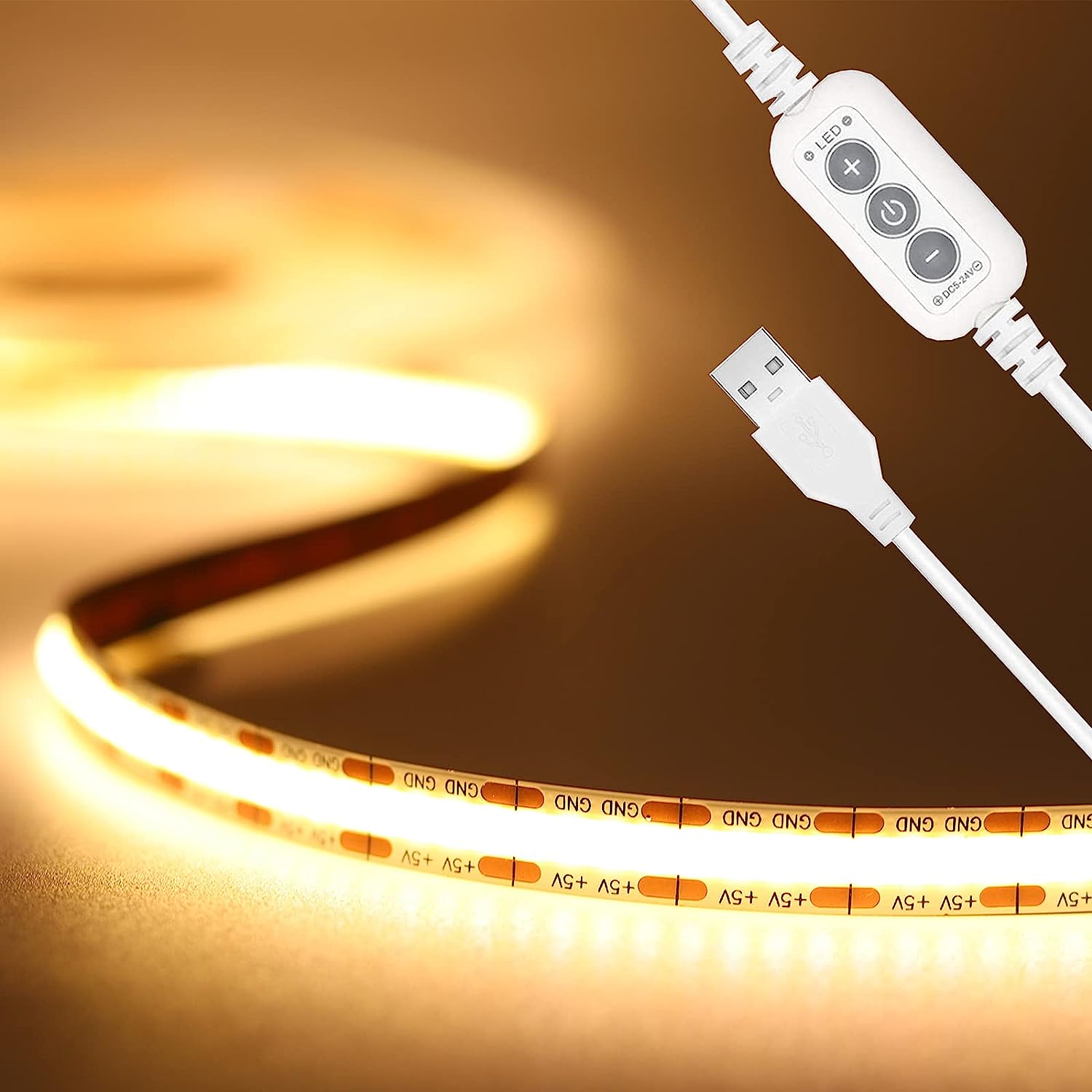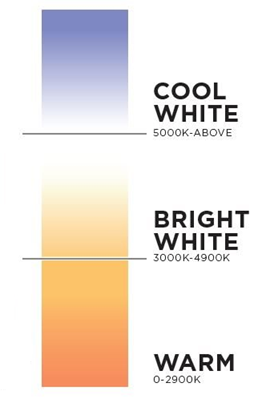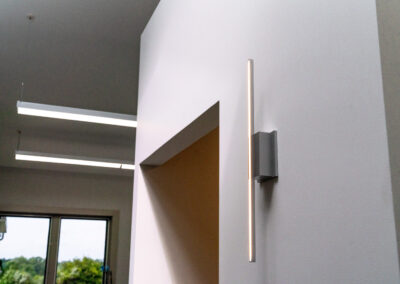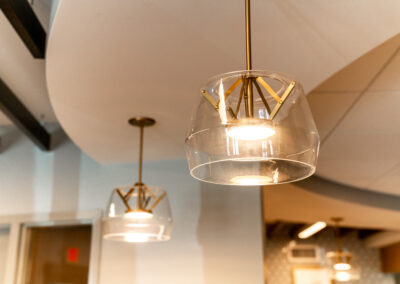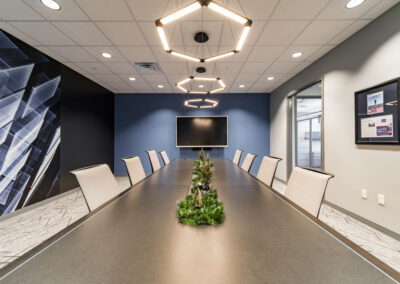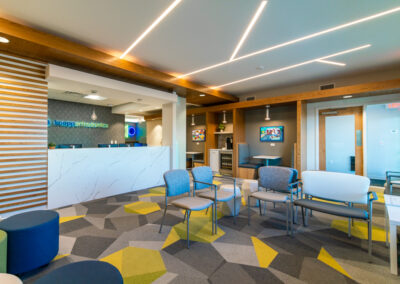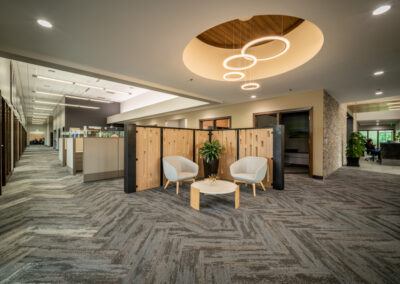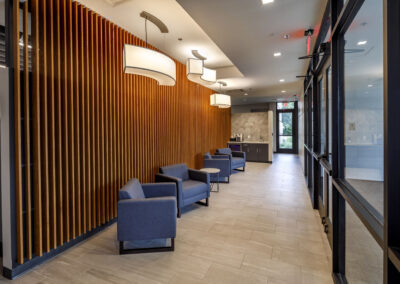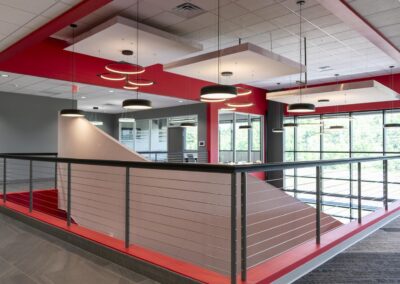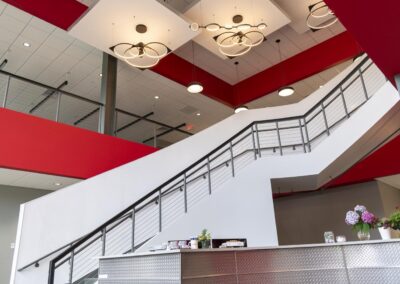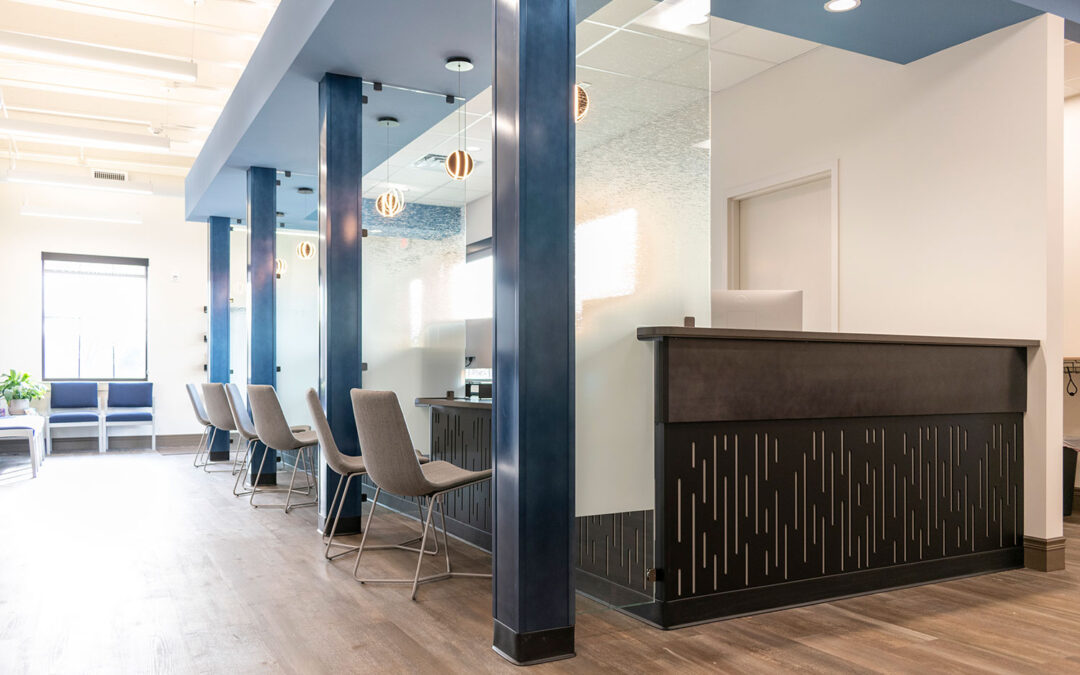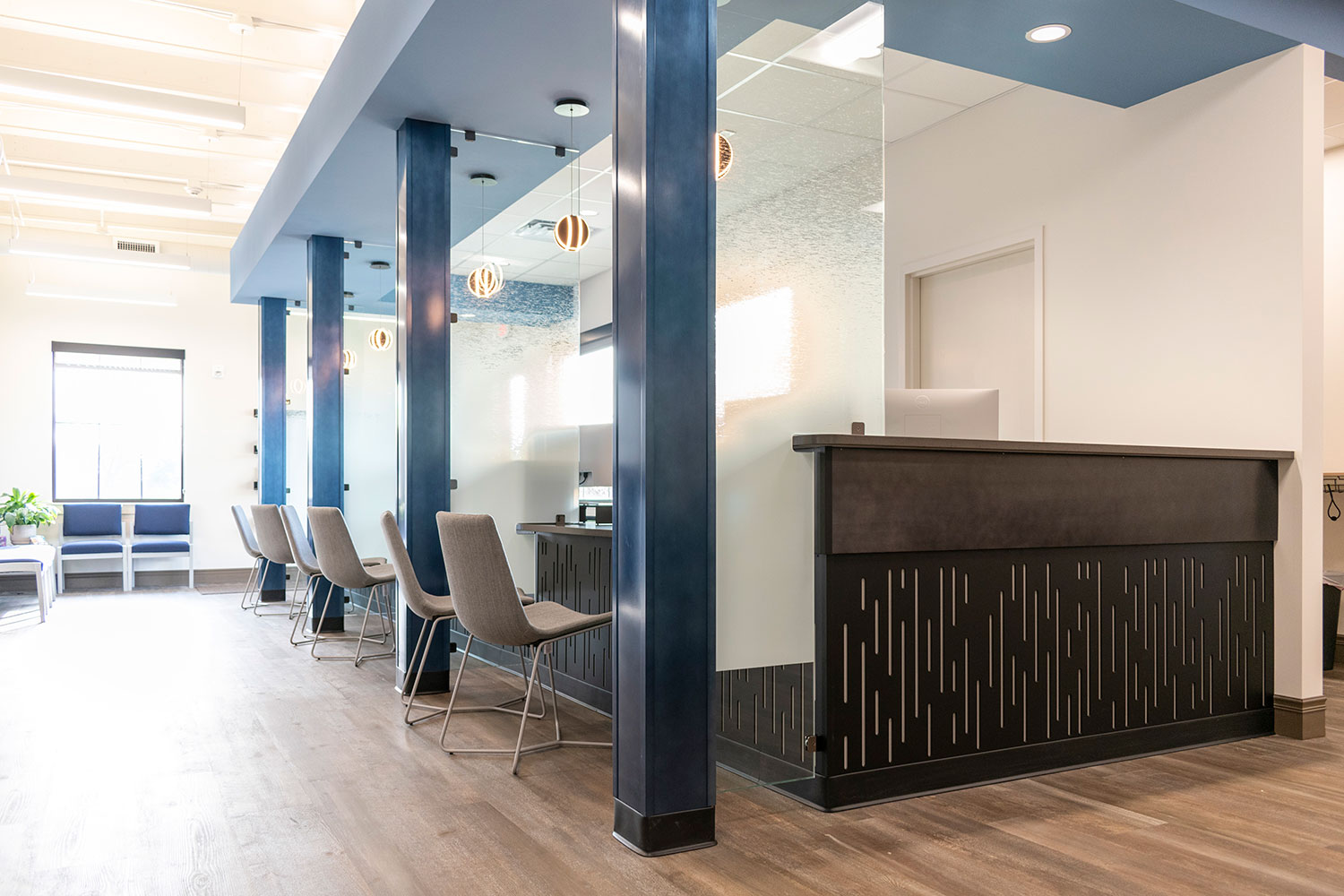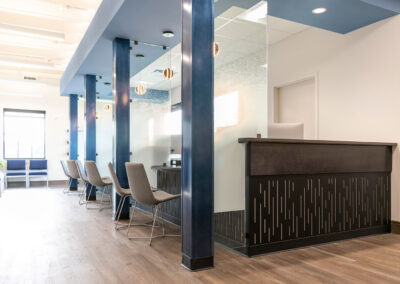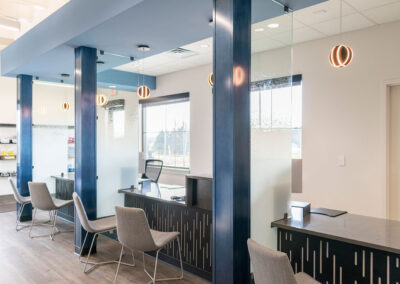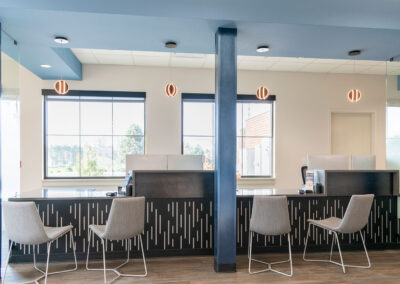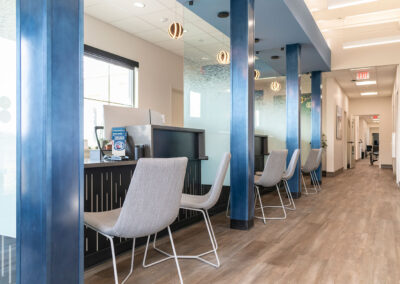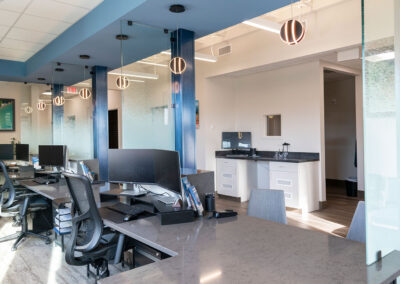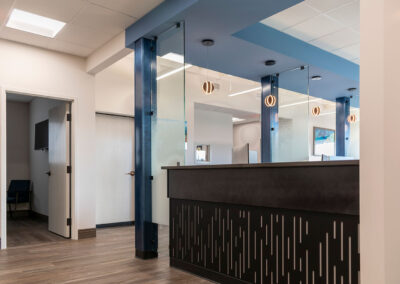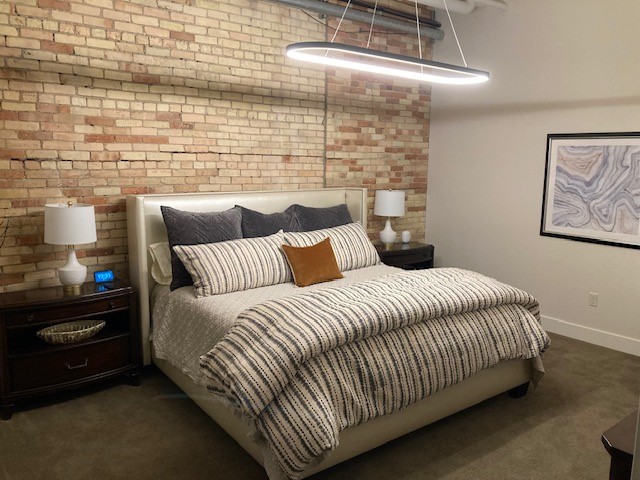
Accessorizing for Comfort and Fun

One of r.o.i. Design’s good clients asked for our help supplying furnishings and accessories for their company’s family condo. Located in the Downtown entertainment district of Grand Rapids, we saw this as an opportunity to meet their deadline and stay within their budget.
We don’t often work on residential projects, but we have extensive experience designing hospitality environments for developers and owners.
This project involved replacing most of the furniture and lighting. In addition, the art and accessories, including rugs, lamps, wall décor, and tabletop items were also replaced.
We called on our favorite suppliers to find cost-effective items that could be sourced quickly. Our agreement included r.o.i. Design to hold items in our warehouse, and then delivery and installation in one or two visits. The goal was to make it as painless as possible for clients but look fantastic!
The transformation took the condo from a formal-looking space to a comfortable family space. This allowed our client to conveniently share sports events, concerts, art openings, and great restaurants with business and personal friends from near and far.
Some of our favorite items included the new dining room table and chairs, chandelier, “boho” art, and new hallway lighting.

